Is the UK missing out on the microinverter market?
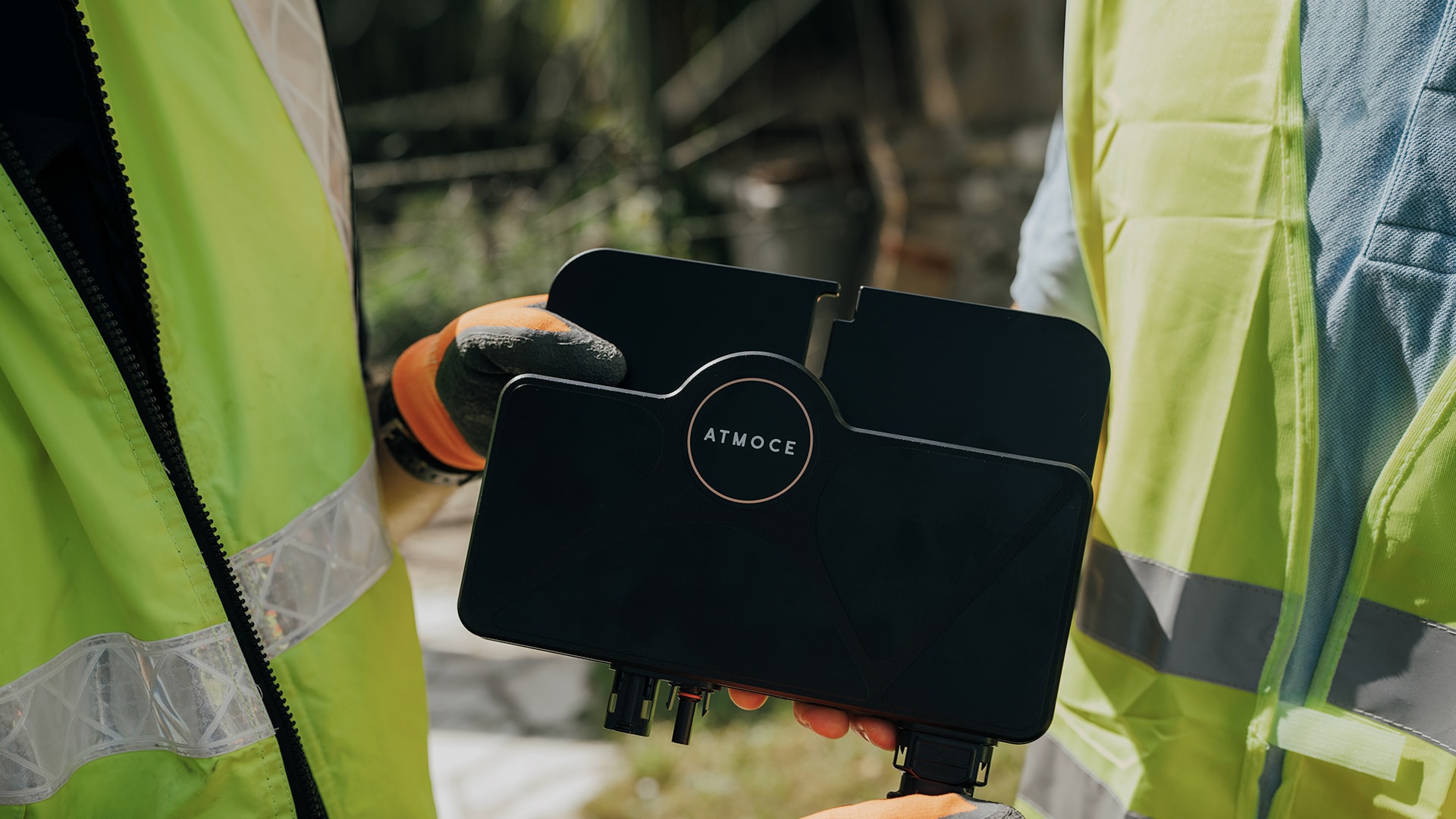
Europe and the UK are installing solar at a blistering rate, matching each other at around 20% compound annual growth rate (CAGR) with no sign of slowing. This reflects the larger global trend too, but where the rest of the world differs from us is in how much they love microinverters. Whereas microinverter installations only account for about 5-10% of new solar PV installations in the UK and EU, the US, Australia, and Asia use far more, and are increasing microinverter installation numbers by 18-25% annually.
While traditional string inverter setups are the most common installation in the UK, microinverters offer many benefits for both installers and homeowners. They are super lightweight, weighing around 1.3kg, which means they can be carried and transported easily (compare that to the average 5kW inverter at around 30kg and imagine which one your back would prefer to handle).
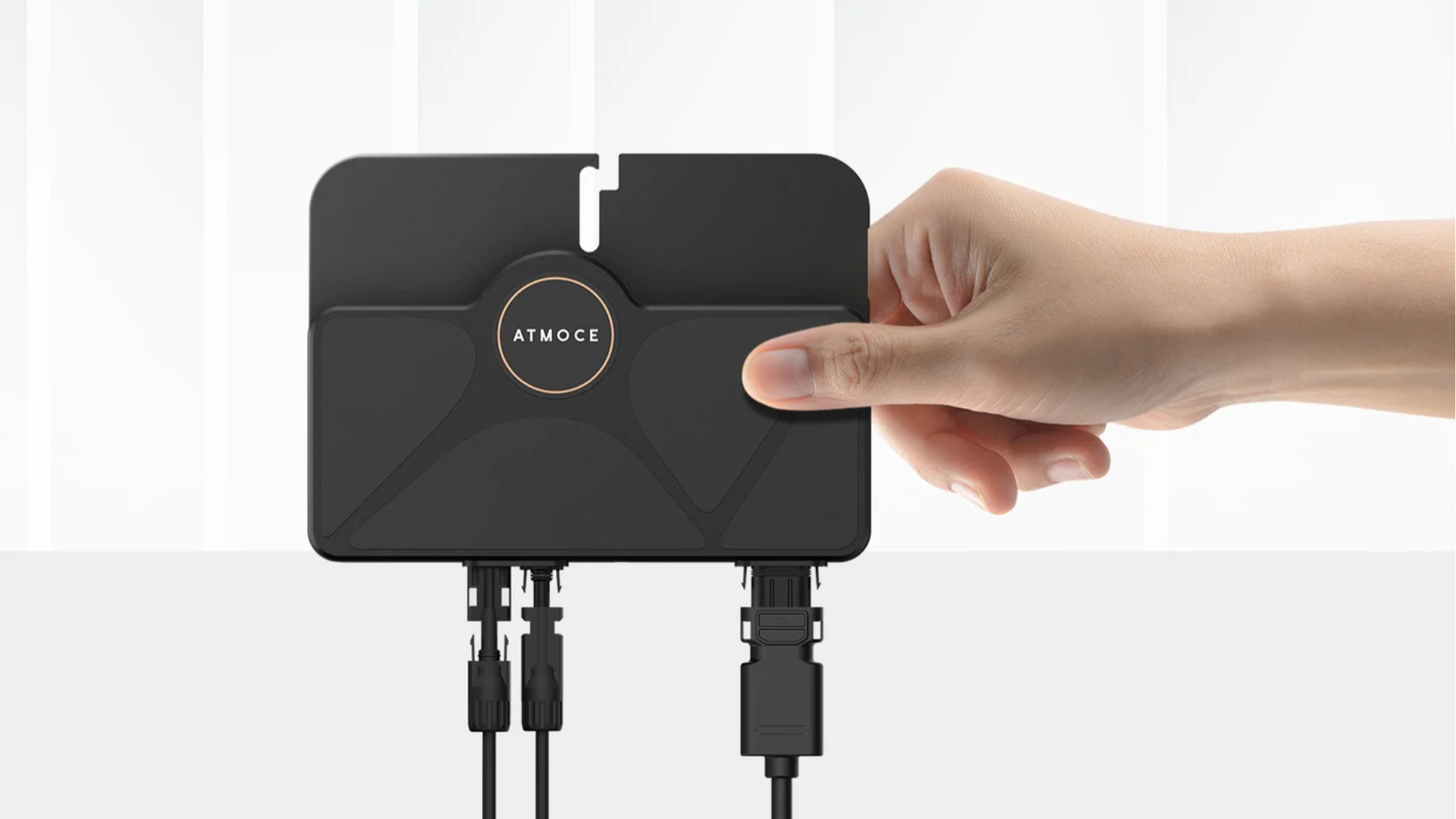
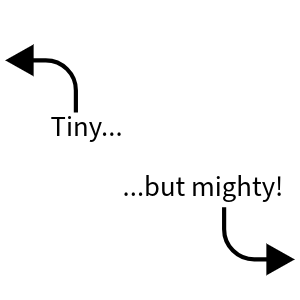
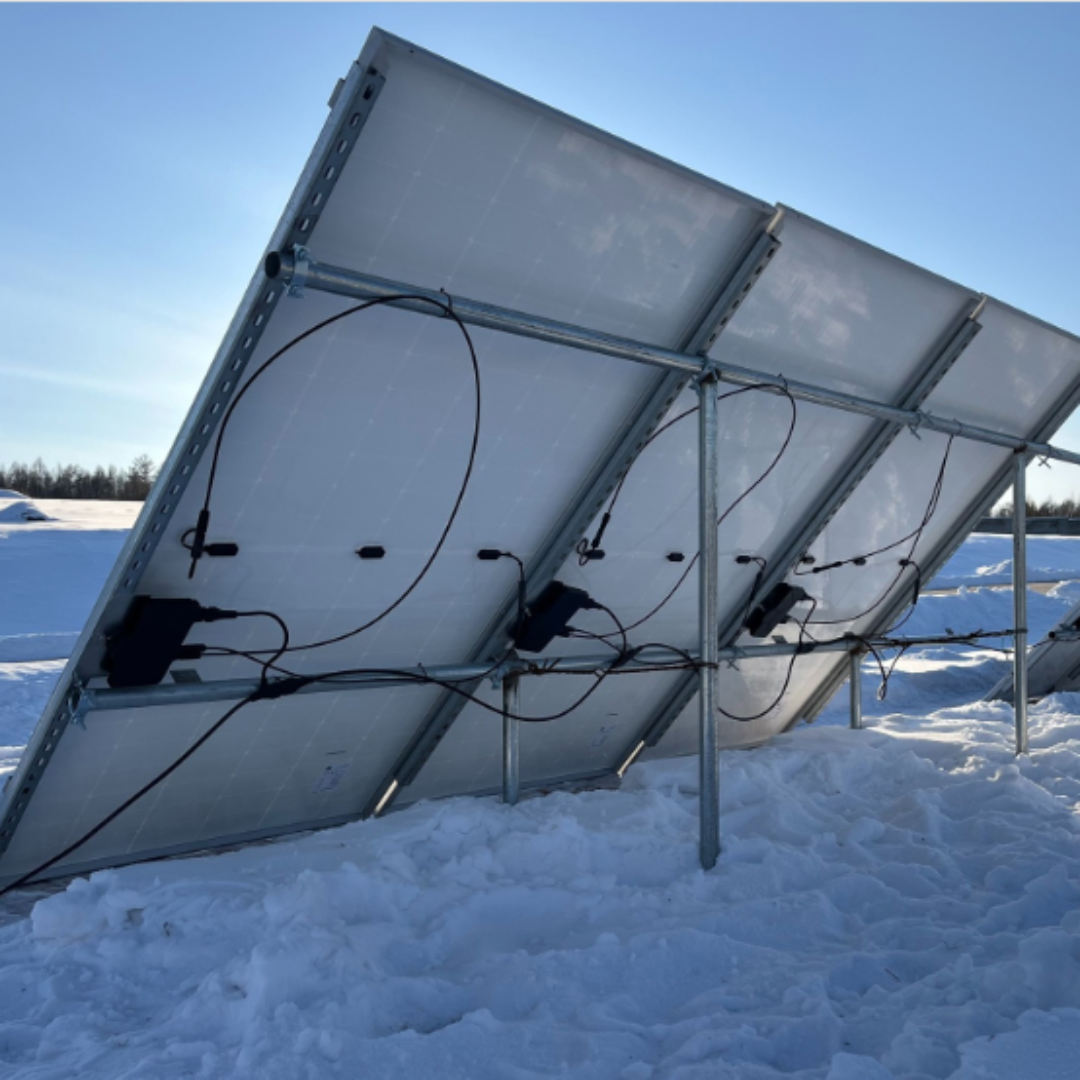
Safety is always a priority, both onsite during an installation and for the homeowner themselves. Microinverters keep risky DC voltage outside of the home, converting the PV production of DC to AC directly on the roof, reducing the risk of arcing or other DC related incidents which is something both installers and homeowners value highly. ATMOCE have designed their microinverters to handle no more than 60V DC, and their RSD technology quickly de-energizes panels in case of an emergency. Due to their smaller electrical load handling, microinverters also operate under much lower temperatures than standard string or hybrid inverters, which is not only safer for the components themselves, but also allows them to be very efficient - ATMOCE’s MI-series microinverters, for example, run at a 97.4% peak efficiency. Paired with the M-ELV extra low voltage battery that operates below 30V DC, you can have a whole-home Solar & ESS with absolute peace of mind.
In fact, efficiency might just be the key word when talking about the benefits of microinverters: while a string inverter setup can suffer from significant drops in efficiency due to panel shading or obstruction, microinverters make sure that every panel is functioning at maximum efficiency regardless of the conditions. This feature shines on irregular roofs with multiple aspects, challenging shading, or in regions where the sun angle change through the seasons is extreme.
But what about failure rate? After all, the efficiency of a system is irrelevant if it isn’t working! Since every installation using microinverters requires one per panel, some are concerned about the increased number of components representing a higher chance of failure versus one single string inverter. In fact, microinverters fail 16 times less often than string inverters - that’s a 0.055% failure rate! That means for every 1600 microinverters installed, there should only be one failure. Compare that to about 1 in 100 string inverters and we see that an average installation using microinverters is about twice as reliable as a string inverter installation*.
Many people installing solar want a reliable source of energy that will keep running no matter what, including during extreme weather events or in off-grid scenarios, so the reliability and redundancy of a microinverter-based system will appeal to them greatly. Even if a microinverter does fail, it doesn’t mean the whole system goes down: for an average UK installation of 4kW and 8 x 500W panels, if one microinverter or panel fails, the system only loses 10% of its output and can continue producing energy until the microinverter is replaced (see Figure 1). If the string inverter fails, or one panel goes down, the whole system will stop producing electricity until it is fixed - like a broken Christmas tree light. What's more, microinverters offer module-level monitoring which means if a panel goes down, you know which one is faulty immediately and don't have to check every one individually to find the source of the problem. This means less time on the roof all round.
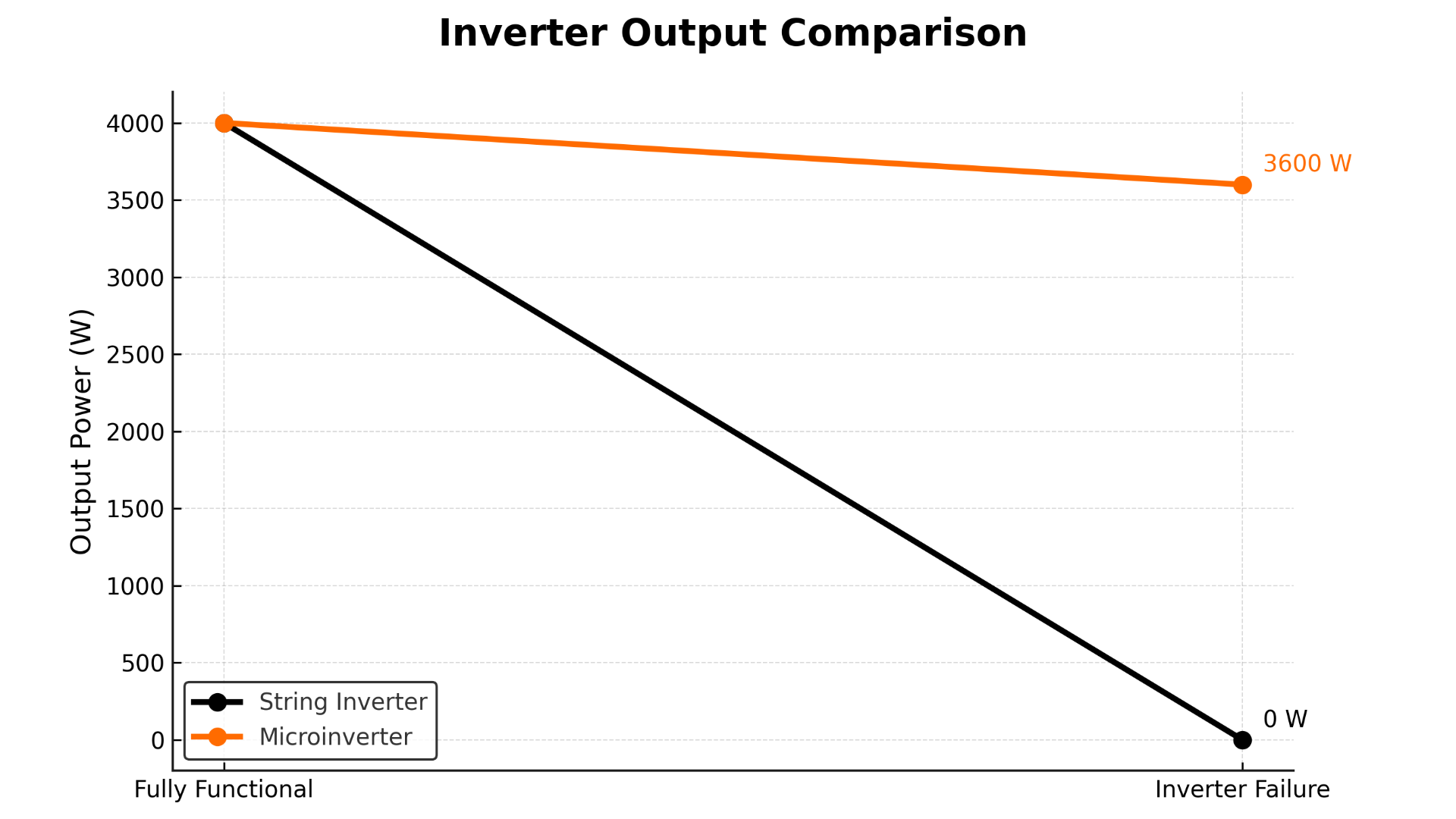
Figure 1. PV System Output in the Event of an Inverter Failure
So should the UK show more love for microinverters? The rest of the world certainly seems to think so, and Amsterdam-based microinverter manufacturer ATMOCE would agree. They have designed a whole-home system with safety, reliability, and ease of use at the centre of their products. Their microinverters have a 25 year warranty period, reflective of their confidence in just how tough they are. Combined with their ATMOZEN home management app, batteries, and combiner, ATMOCE are perfectly positioned to benefit from the inevitable uptake of microinverters in the UK market.
Have a look at their product range here: https://midsummerwholesale.co.uk/buy/atmoce
* If we assume that the average UK installation is around 4kW, with around 8 x 500W panels requiring one string inverter or 8 microinverters.